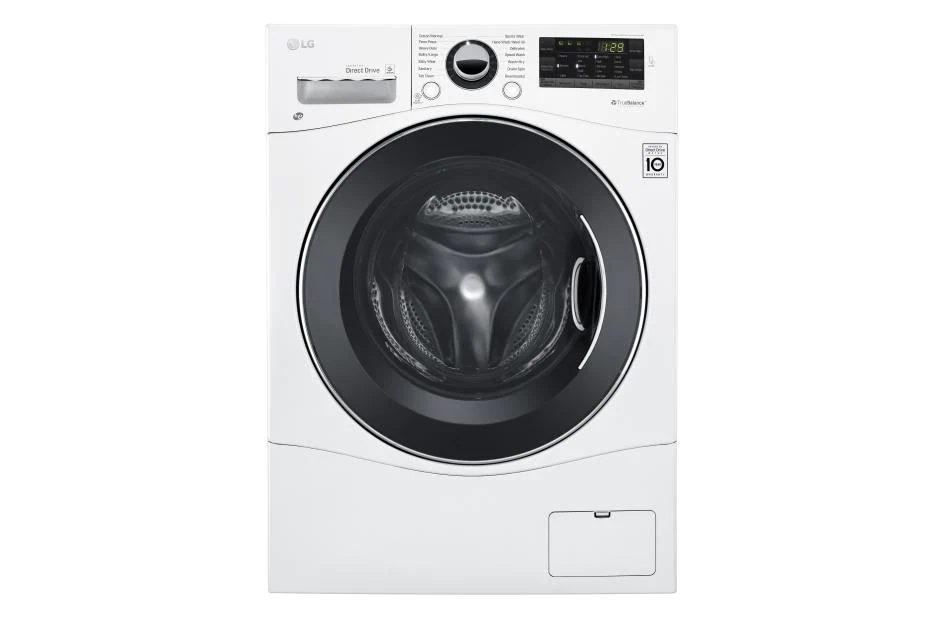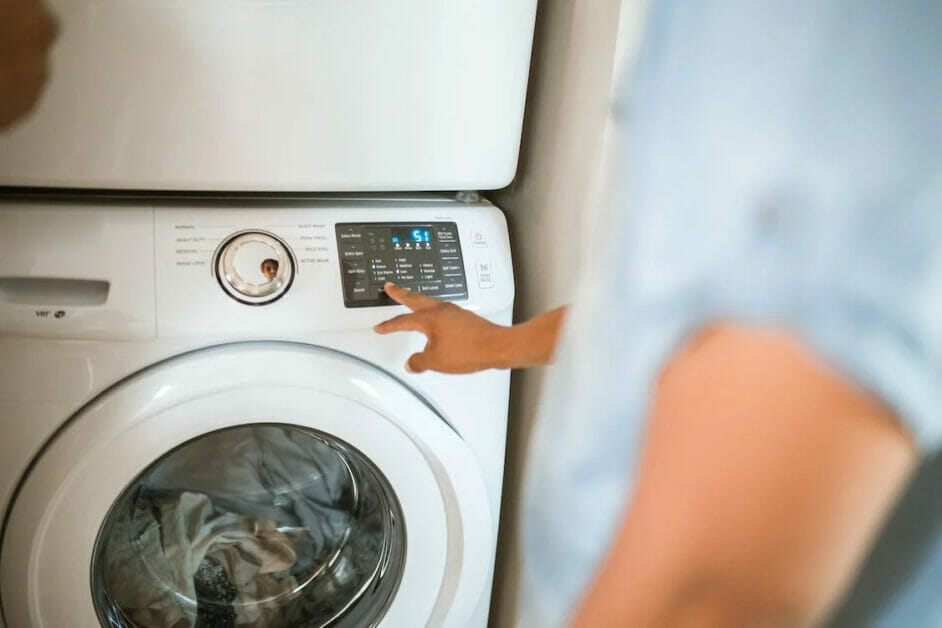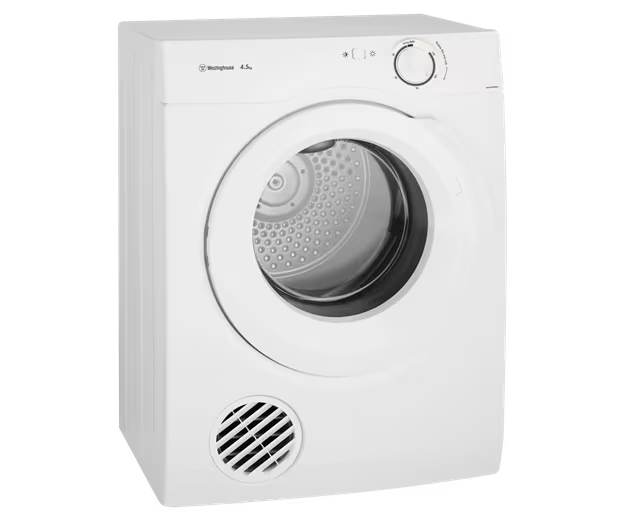Can a Washer and Dryer be on Same Circuit?

If you’re short of circuits and outlets in your laundry, you might wonder if you can use a clothes washer and dryer on the same circuit.
In General, you can have a washer and dryer on the same circuit, but only if the circuit can handle both appliances’ total power or amperage. Separate dedicated circuits will be necessary if they are high-power or heavy-duty appliances. If you have a combined unit, they are designed to share the same circuit and outlet.
To know whether it is safe to share the same circuit, we will first need to know the individual power requirements of the two appliances.
Laundry Circuits
As per article 210.11C(2), you must install at least one additional 20-amp branch circuit for a laundry outlet.
Also, laundry outlets are required to have GFCI protection.
Combined or Stackable Units

A stackable or combo washer-dryer usually requires a single 30-amp circuit and outlet or a 20-amp duplex one.
However, even if you have a stackable washer and dryer, you should have a separate outlet for each appliance in case you use separate units in the future. So it’s recommended to have another 20-amp circuit and outlet nearby.
Other Requirements
Washers and dryers usually have additional requirements that are stated on the units:
- Plug them into a 3-prong, grounded outlet
- Don’t use an adapter or an extension cord
Putting a Washer and Dryer on the Same Circuit
Putting a washer and dryer on the same circuit depends on both appliances’ combined power consumption or current draw.
Once you’ve identified the exact values for each appliance, add the two to obtain the total consumption value.
You can safely share the circuit if the total is within the limit. Usually, this will only be possible if both appliances have low power consumption or are highly energy efficient.
A 15-amp circuit allows up to 1,440 watts, a 20-amp one up to 1,920 watts, and a 30-amp one up to 2,880 watts.
However, if either one or both appliances have high power consumption, putting them on a separate dedicated circuit would be safer.
Bear in mind that many appliances require a tad bit more power when starting up before they settle down to a stable level of operation.
Power Requirements
A Washer’s Power Requirement
A clothes washer (or washing machine) typically operates between 400 and 1,400 watts, but the wider range is between 250 and 3,000 watts.
The wide range reflects the different types of washers and other factors. The table below is a general guide to how many watts you can expect them to use based on the type of washer.
| Type of Washer | Expected Wattage | Amperage |
| Semi-automatic washing machine | 250-400 watts | 5 watts |
| Top-loading washing machine | 350-500 watts | 5 watts |
| Front-loading washing machine | 2,000-3,000 watts | 20-30 watts |
This is only a general guide. Check the power consumption label on the back of the unit or its operating manual.
Other Factors besides Type
The type of machine, capacity, and energy efficiency determines the wattage.
For example, you can expect the power consumption of a 6 kg top-loading unit to be closer to 350 watts, whereas an 8 kg unit might operate closer to 500 watts.
Concerning energy efficiency, the higher the star rating (5 is the highest), the less power consumption will be. Conversely, the lower the rating (1 is the least), the greater the consumption.
Front-Loading Washers

The power consumption figures above show that semi-automatic and top-loading washers have low power requirements.
The low wattage (maximum ~500 watts) means that these types of washers can, generally, be combined with other appliances on the same circuit. Still, you should check the actual power required to be sure.
The front-loading washers typically require much greater power, and this is due to using the heating element while washing. So if you have one with a built-in heater, you can expect it to require power at the higher end of the range (~2,000-3000 watts).
These units will require a separate dedicated circuit and should not share the circuit.
A Dryer’s Power Requirement

Like front-loading washers, dryers typically have a very high power requirement.
A clothes (or tumble) dryer typically operates between 1000 and 4000 watts, although some units may require up to 5,000 watts. A mid-range one may require around 2,500 watts. Check the label or the manual for the exact consumption value.
The actual wattage consumed depends on the dryer’s capacity, the number of clothes, and the extent of moisture in them.
A high-powered dryer should not share a circuit; it should be on a dedicated one with wiring and a breaker appropriate for its current and wattage.
References
Clothes Dryer. https://www.westinghouse.co.nz/laundry/dryers/wdv457hqwa/.
Compact All-in-one Washer/Dryer. https://www.lg.com/us/washer-dryer-combos/lg-WM3488HW-front-load-washer.
